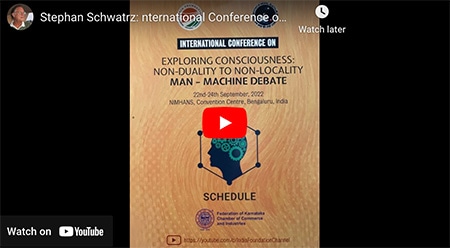
Credit: Toyota
Engineers at the Toyota Research Institute of North America (TRINA) think they’ve found the secret to using magnesium in rechargeable batteries. This would replace lithium as a safer, more energy-dense option for batteries in everything from cell phones to cars.
Magnesium has been considered a potential replacement for lithium in rechargeable batteries for some time. Lithium is not stable in air and can combust when exposed, so to make lithium-ion batteries safer, the ions are reduced and the lithium is embedded into graphite rods. This reduces the amount of metal (reducing density), which limits the amount of power the li-ion battery can store. To increase density, engineers have toyed with the mix of lithium and graphite and the shape of the cells, but the balance is tricky.
Magnesium, on the other hand, is stable in the atmosphere and more potentially energy dense than is lithium in terms of storage. The trouble is, forming an electrolyte that doesn’t degrade the magnesium while offering efficient transfer had proven difficult – until a chance discovery […]









